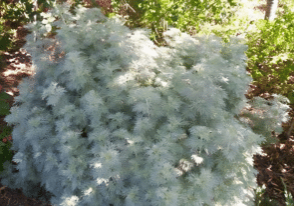By Steve Pulliam

As February unfolds, avid gardeners turn their attention to the art of rose pruning, laying the groundwork for a spectacular spring bloom. Embracing this month as the opportune time to shape and revitalize your rose bushes is a horticultural tradition that promises lush, vibrant blooms in the warmer months ahead.
Why February? February marks a pivotal point in the dormant season for roses. With the chill still in the air, the absence of new growth allows for strategic pruning without causing undue stress to the plants. This early intervention encourages robust regrowth, shaping the foundation for a healthier and more vigorous rose bush.
What if I can’t prune in February? In the mild climate of South Carolina, the gardening calendar extends its embrace into early March, offering a grace period for those tending to their roses. While February is often considered the prime month for rose pruning, early March remains a suitable window for enthusiasts in the Palmetto State. The slightly warmer temperatures in this period ensure that roses are still in their dormant phase, allowing for strategic pruning without inducing unnecessary stress.
Gardeners can take advantage of this extended timeframe to refine the shape, remove dead wood, and foster a healthy framework for their roses. So, for South Carolina green thumbs, March proves to be a forgiving canvas to sculpt and nurture the beauty of their rose gardens.
How-To Guide for Pruning Enthusiasts:
- Gather Your Tools: Start with a pair of sharp, clean pruning shears. Disinfect the blades with Isopropyl alcohol or a solution of one part bleach to nine parts water, to prevent the spread of diseases between plants.
- Removed Dead and Diseased Wood: Begin by cutting away any dead or diseased wood, identifiable by its discoloration or lack of flexibility. Make clean cuts at a 45-degree angle, just above an outward-facing bud.
- Shape and Open the Center: Aim for an open-centered shape to allow sunlight and air circulation, essential for preventing diseases. Trim crossing branches and inward-growing canes, prioritizing those that create a cluttered or crowded interior.
- Manage Height: Adjust the height of your rose bush according to its type. Hybrid teas and floribundas can be pruned more drastically, while shrub roses benefit from a more restrained approach. Aim for a balanced silhouette.
- Clean Up Debris: As you progress, gather and dispose of the pruned material. A clean garden helps prevent the accumulation of pests and diseases.
- Fertilize and Mulch: Conclude the pruning session by applying a balanced fertilizer around the base of each rose bush. Top it off with a layer of mulch to insulate the roots and conserve moisture.
By dedicating a day to pruning your roses in February, you not only nurture their health but set the stage for a breathtaking display of blossoms in the months to come. As you wield your pruning shears with care and precision, envision the lush and vibrant tapestry your garden will soon become—a testament to the rewards of a well-timed February pruning ritual.











